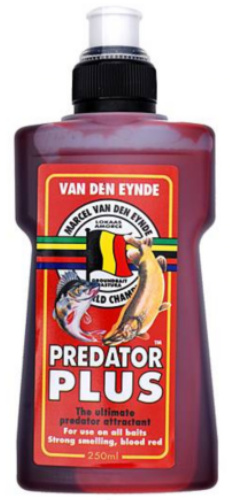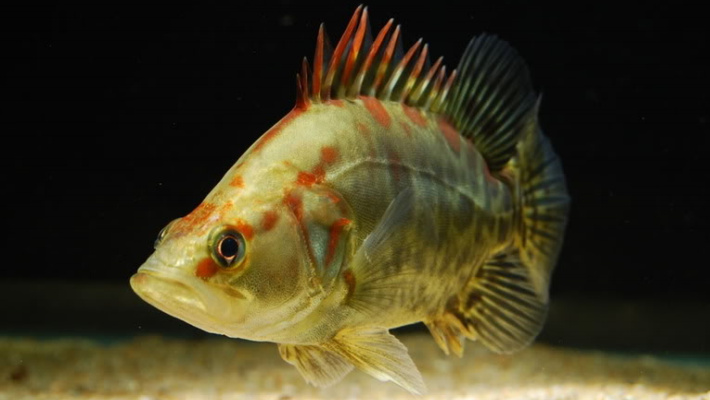|
As typical
microsmatic visually guided fish, pike, Esox
lucius, and other representatives of Esox
genus do not respond to food odors (Devitsyna & Malyukina, 1977).
Pike larvae
decrease the frequency of attacks on zooplankton prey and show other
anti-predator responses on chemical cues of Eurasian perch, Perca fluviatilis (Lehtiniemi, 2005;
Lehtiniemi et al., 2005). Chemical cues of perch (water from under adult
predators, 15 cm length, fed on pike larvae until experiments) affect alone,
but chemical and visual cues offered together are more effective.
Among pheromones,
pike are respond to the conspecific sexual pheromone (Devitsyna & Malyukina, 1977).
Furthermore, it is shown that pike are attracted by alarm
pheromone of fathead minnow, Pimephales
promelas (Mathis et al., 1995; Chivers et al., 1996; indirect data by
Wisenden & Thiel, 2001). In
addition, pike demonstrate distinct foraging responses to artificial
hypoxanthin-3(N)-oxide (Mathis et al., 1995) identified as an active component
of ostariophysan fish alarm pheromones.
 
On this
background, Marcel Van Den Eynde offers the predator, inluding pike, attractants under the mark Predator Plus.
The exact
composition of this attractants is unknown. As feeding attractant (with food
extracts, amino acids and related chemicals), it cannot work. Nothing is known
whether pheromones are included.
Basic References
Chivers
D.P., Brown G.E., Smith R.J.F. 1996. The evolution of chemical alarm
signals: attracting predators benefits alarm signal senders. The American Naturalist 148, 649-659
Devitsyna
G.V., Malyukina G.A. 1977. On the functional organization of the olfactory
organ in macro- and microsmatic fishes. Journal
of Ichthyology 17, 493-502
Lehtiniemi
M. 2005. Swim or hide: predator cues cause species specific reactions in
young fish larvae. Journal of Fish
Biology 66, 1285–1299
Lehtiniemi
M., Engström-Öst J., Viitasalo M. 2005. Turbidity decreases
anti-predator behaviour in pike larvae (Esox
lucius). Environmental Biology of
Fishes 37, 1-8
Mathis
A., Chivers D.P., Smith R.J.F. 1995. Chemical alarm signals: predator
detterents or predator attractants? The
American Naturalist 145, 994-1005
Wisenden
B.D., Thiel T.A. 2001. Field verification of predator attraction to minnow
alarm substance. Journal of Chemical
Ecology 28, 417-422
| 







 SUBSCRIBE
SUBSCRIBE



